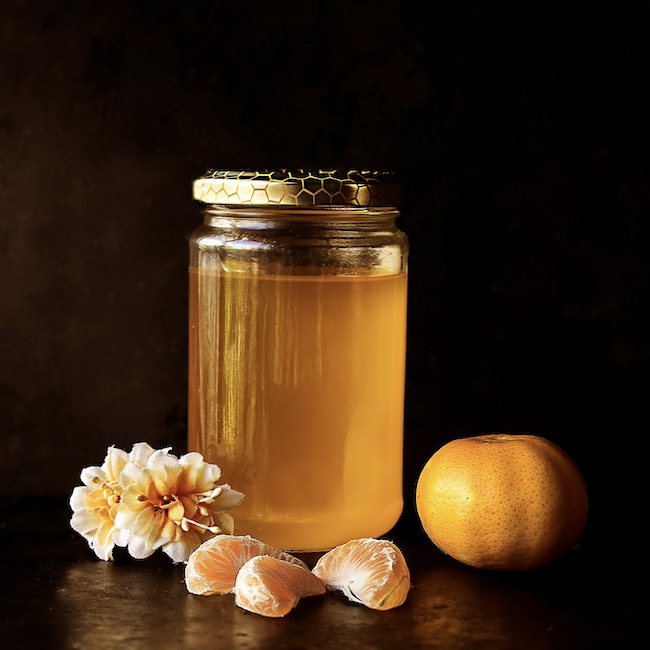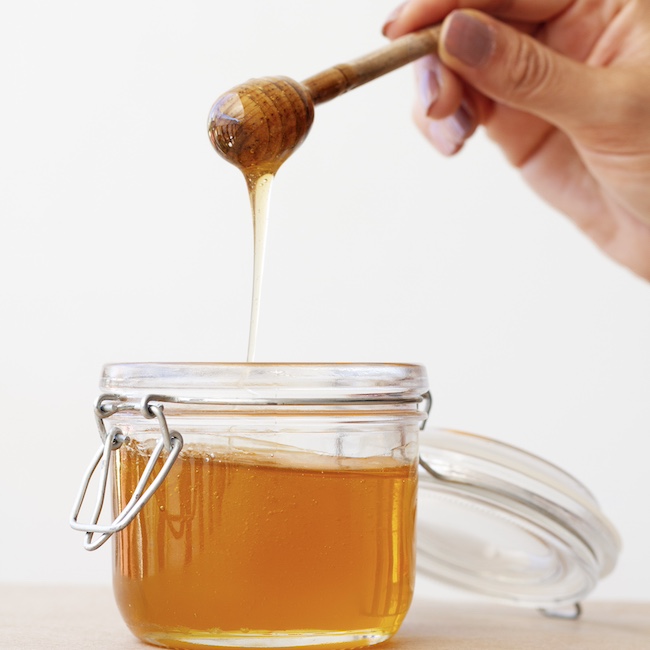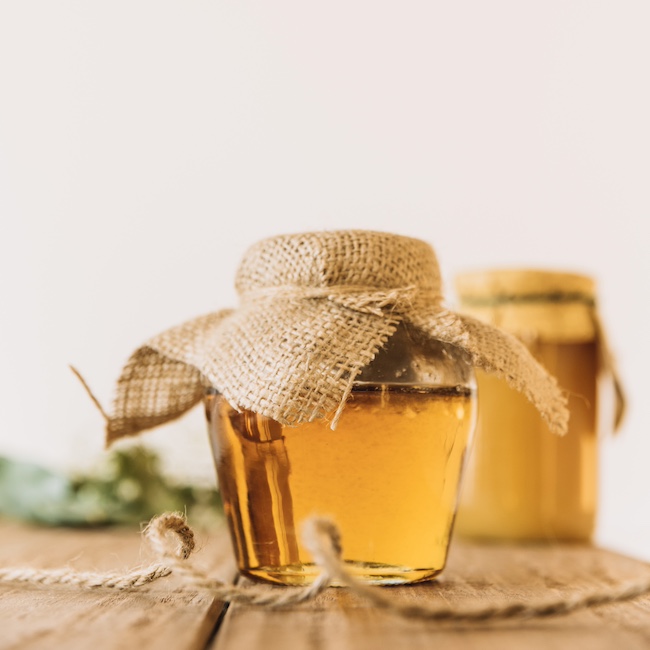by Sandra Sanz - @sandraslopez
.png.transform/rendition-xs/image_image%20(1).png)
The diverse landscapes of Spain produce some of Europe’s most unique honeys, each with distinct regional character: let’s rediscover this product as both a flavor enhancer and a natural health ally

by Sandra Sanz - @sandraslopez
Few raw ingredients speak as eloquently of a landscape as honey does. Spain is one of Europe’s beekeeping powerhouses, thanks to its diverse botanical and climatic conditions that yield a wide variety of unique honeys, with flavors ranging from floral to bitter, balsamic to mineral. This richness has led to the creation of nine quality labels—five Protected Designations of Origin (PDO) and four Protected Geographical Indications (PGI)—that guarantee each product’s authenticity, origin, and traceability.
Each region leaves its own mark on its honey. These are Spain’s nine certified honeys:


These honeys not only preserve a profession and product deeply connected to the landscape, but also offer a pantry full of textures and flavors now being rediscovered by chefs and pastry makers. Spanish honey is undergoing a renaissance, with uses far beyond sweetness: in fermentations, brines, vinegars, chocolates, or savory dishes.

An Ally for Chefs
Gradually, honey is making its way into the culinary world beyond its role as a sweetener. Haute cuisine and contemporary pastry-making now highlight honey’s ability to complement all types of dishes, including savory ones. In Valencia, for instance, chef María José Martínez of Michelin-starred restaurant Lienzo (Valencia) has made honey one of her signature ingredients, using it in creations like sunflower honey-dressed oysters with a fresh pollen escabeche and sunflower seed praline. In pastry, its potential is equally vast: Fátima Gismero, a pastry chef from Guadalajara (Castile-La Mancha), works with honey in bonbons that strike a balance between sweetness and herbal notes.
A Natural Elixir: The Health Benefits of Honey
Beyond its gastronomic appeal, honey has long been valued for its medicinal properties. Rich in antioxidants, it helps combat oxidative stress and supports cardiovascular health. Honey also has natural antibacterial and anti-inflammatory effects, making it a popular remedy for sore throats and minor wounds. Its prebiotic qualities aid digestion by promoting beneficial gut bacteria. Unlike refined sugar, honey’s lower glycemic index makes it a gentler sweetener for blood sugar regulation. Whether drizzled on food or taken by the spoonful, honey is not only a versatile ingredient but also a natural ally in maintaining wellness.